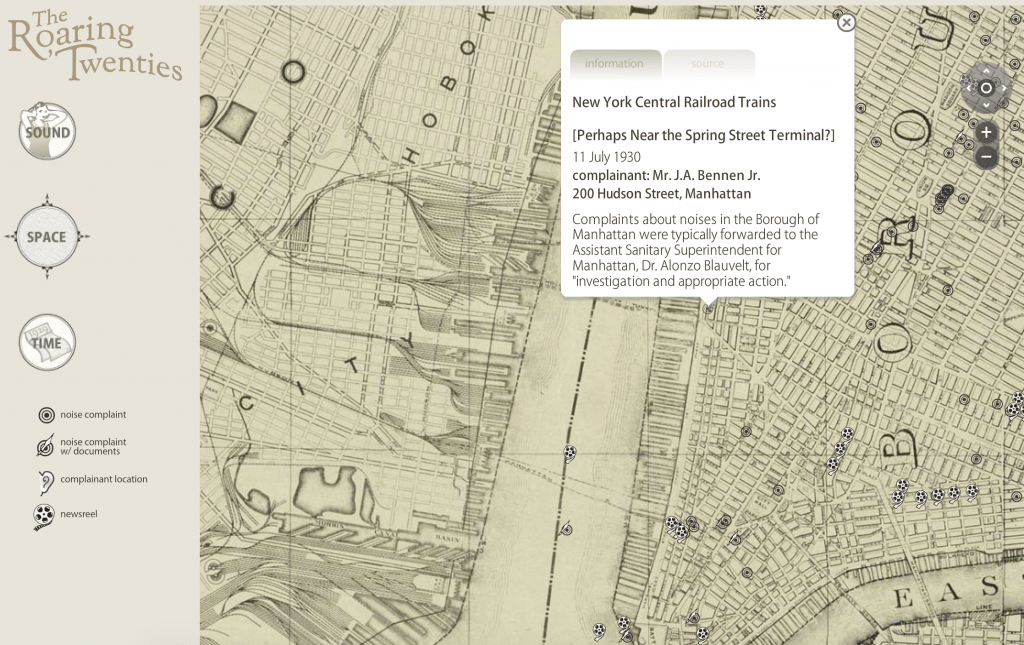Guess what? We’ve had a SUCCESSFUL PROPOSAL!!!!
Nah, no one’s getting married, but this progression of events is just as exciting (perhaps even more so) for us interns! This past week, we presented our first major project proposal, and I think I can speak for all of us when I say that it was both a challenge and a delight.
Our overarching project theme was “Learning at Amherst” and focused on the years 1821-1861. This project consisted of three main sections, which, when viewed together, we hoped would give our viewers a multi-faceted perspective on what it was to be learning at Amherst College in the mid-Nineteenth Century. These three sections drew on three personal interests which we have been investigating during our research–Amherst’s early libraries, the first course catalogs, and the lived experiences of Amherst students, faculty, and townspeople. Personally, I loved putting the proposal together; it was wonderful to see topics that the four of us have been interested in on a personal level be morphed into a collective project, with crossover information that allowed us to see our main topic on deeper levels and through different lenses. I think that this was one of the first times that we saw our personal research pursuits shaping into something tangible and, for lack of a better term, “for the greater good,” which was so exciting! Also encouraging was how well we worked together as a team to talk about our ideas, take on specific roles, and produce an idea and a document that expressed our thoughts and passions coherently.
For me, the current biggest question that I have revolves around that “lived experiences” topic, which Takudzwa and I have a profound interest in: What, exactly, are we doing? This question makes me sounds pretty clueless, but it’s not that bad, I promise! The predicament is merely that, currently, our ideas take into account both the architectural and geographical landscapes of 1800s Amherst, as well as personal accounts and photographs of people’s daily lives at the young College on the Hill. We’re going to have to narrow down our topic, figure out a specific question to answer, as well as narrow down the resources that we’ll use to answer that question. Personally, I’m definitely going to struggle with this–I’m fascinated with all of the resources that we have and I want to delve into everything… But I know that that’s not feasible. Lucky for me, I get to work with an amazing team who I know will give amazing advice and input when it comes to making these tough decisions!
Overall, I know that this proposal is really only a small starting point for the main project that we will be working on for the second half of the internship (though this definitely doesn’t mean that we shouldn’t celebrate our accomplishment–I’m so proud of us!!). Looking ahead, I have two main concerns:
- The narrowing down of our topics. There’s just so much amazing information and so many resources at our fingertips, and I want to utilize every single bit of it! But if that happened, I’d probably still be sitting in Frost in the year 2067, just in time for my 50th class reunion.
- The technological processing. Something I’ve learned when putting together our proposal, as well as when using programs like the Topic Modeling Tool, Tableau, and Gephi, is that tasks that we originally estimate might only take an hour can sometimes take up an entire morning (or more)! We’re definitely going to have to be smart about not biting off more than we can chew while still being ambitious, as well as working as a team to get things finished.
When all is said and done, I can’t wait for what we come up with next! I suppose all of this is sort of like a wedding engagement–we’re currently in a season of anticipating and preparing for the Big Day, which for us will be the finalization of our main project! In the meantime will be a lot of preparing and decision-making (and maybe some cake-tasting? We should get a cake. I love cake. Let’s get a cake). Yaaaay!

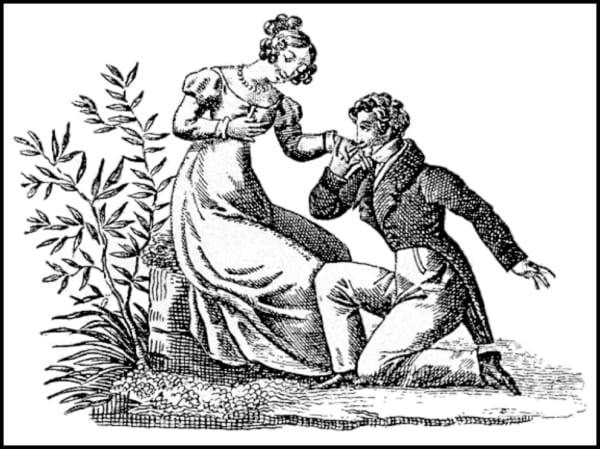

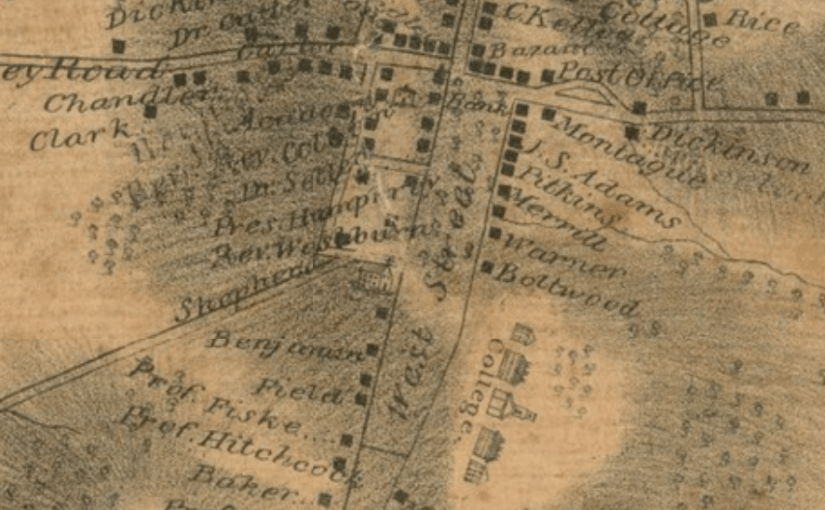
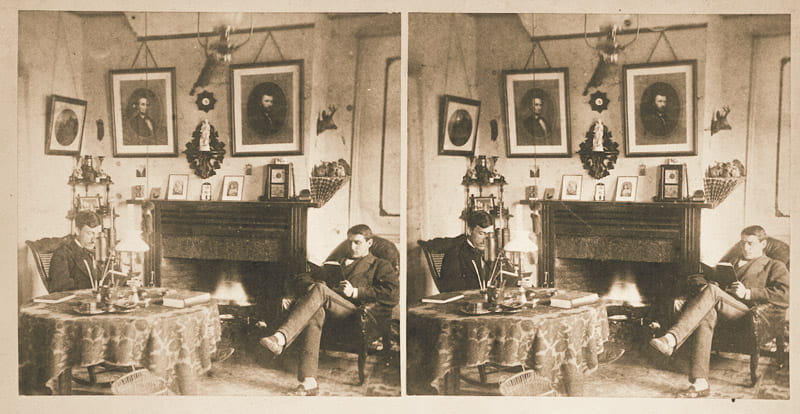
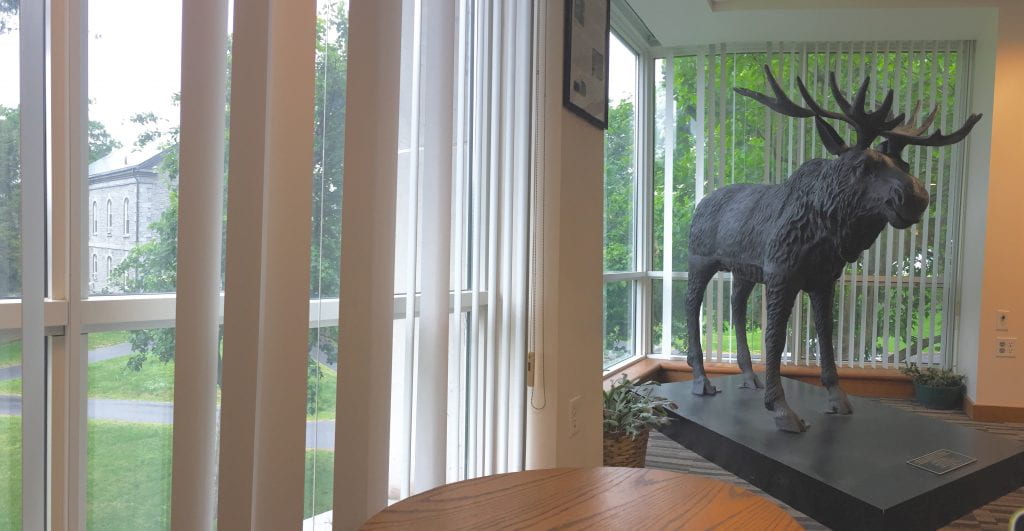


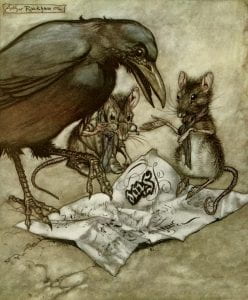 But for me, today, there is only Alfred and Augustus, class of ’58 and ’39, with their patterned leather-bound books enclosing nineteenth century scrawl. And even that is too broad a scope.
But for me, today, there is only Alfred and Augustus, class of ’58 and ’39, with their patterned leather-bound books enclosing nineteenth century scrawl. And even that is too broad a scope.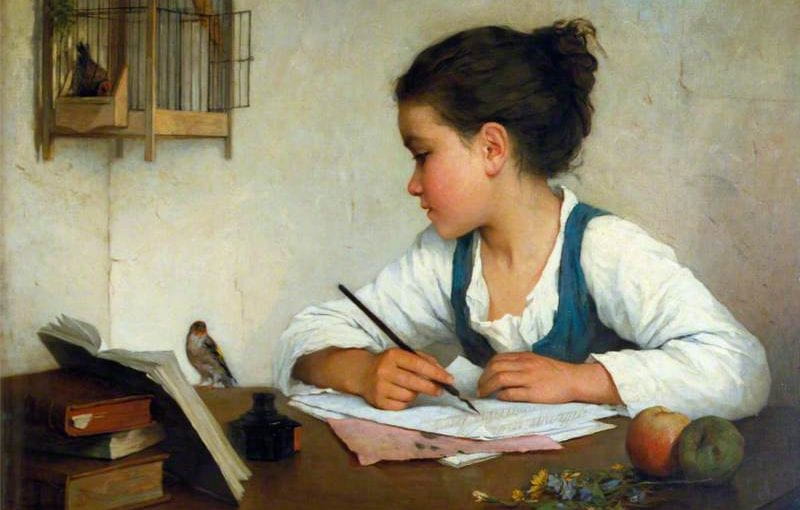
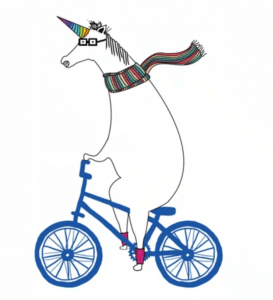 dge of the basics (for example, did you know that the bicycle was invented in Scotland? Or that the national animal is the unicorn? Yeah, Scotland is pretty cool). From there, I found that I had deeper interests in specific topics, such as the clan system, folklore, and music. I also wanted to learn more about the town of St Andrews specifically, where I was preparing to study and to live. With these topics in mind, I then sought out resources (films, documentaries, books, poetry, art, and songs) to give me more information concerning them. As I discovered, questions began formulating in my mind, and I took on some side-research to find answers as I continued on. I learned quite a lot this way, and enjoyed how one topic would lead into another, which would lead to another and another… The possibilities were endless!
dge of the basics (for example, did you know that the bicycle was invented in Scotland? Or that the national animal is the unicorn? Yeah, Scotland is pretty cool). From there, I found that I had deeper interests in specific topics, such as the clan system, folklore, and music. I also wanted to learn more about the town of St Andrews specifically, where I was preparing to study and to live. With these topics in mind, I then sought out resources (films, documentaries, books, poetry, art, and songs) to give me more information concerning them. As I discovered, questions began formulating in my mind, and I took on some side-research to find answers as I continued on. I learned quite a lot this way, and enjoyed how one topic would lead into another, which would lead to another and another… The possibilities were endless!